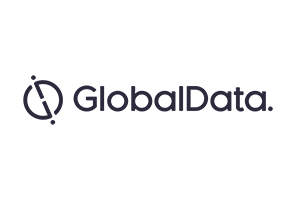
The Canadian pharmaceutical market is projected to witness a compound annual growth rate (CAGR) of 2%, growing from $22.6bn in 2016 to $25bn by 2021, according to a report by GlobalData.
Titled ‘CountryFocus: Healthcare, Regulatory and Reimbursement Landscape – Canada’, the report profiles the pharmaceutical industry in Canada, which is one of the leading sites for clinical trials.
Increased investments from global pharmaceutical and biotechnology companies towards academic industrial translational activities has played a major role in driving growth in the country. In addition, clinical trials being carried out by pharmaceutical companies and the increase in elderly population is further driving growth.
Canada’s strong research and development (R&D) environment is now shifting towards externalised R&D, wherein the government is establishing partnerships and collaborations through programmes such as the Business-led Networks of Centres of Excellence (BL-NCEs), Centres of Excellence for Commercialization of Research (CECR), and the Structural Genomics Consortium.
Academic healthcare institutions, 17 medical schools, and approximately 13,600 researchers are involved in the R&D efforts. Pharmaceutical companies such as Johnson & Johnson and Teva have partnered with these institutions to take advantage of their quality and research expertise.
Generic drugs account for 70% of prescriptions in Canada and saved approximately $20bn for the government in 2016.

US Tariffs are shifting - will you react or anticipate?
Don’t let policy changes catch you off guard. Stay proactive with real-time data and expert analysis.
By GlobalDataSales of generic drugs were worth $6.2bn in 2016, which is 22.4% of the overall pharmaceutical market value.
The market is expected to grow and expand further as the government continues to promote generics usage, the report adds.



